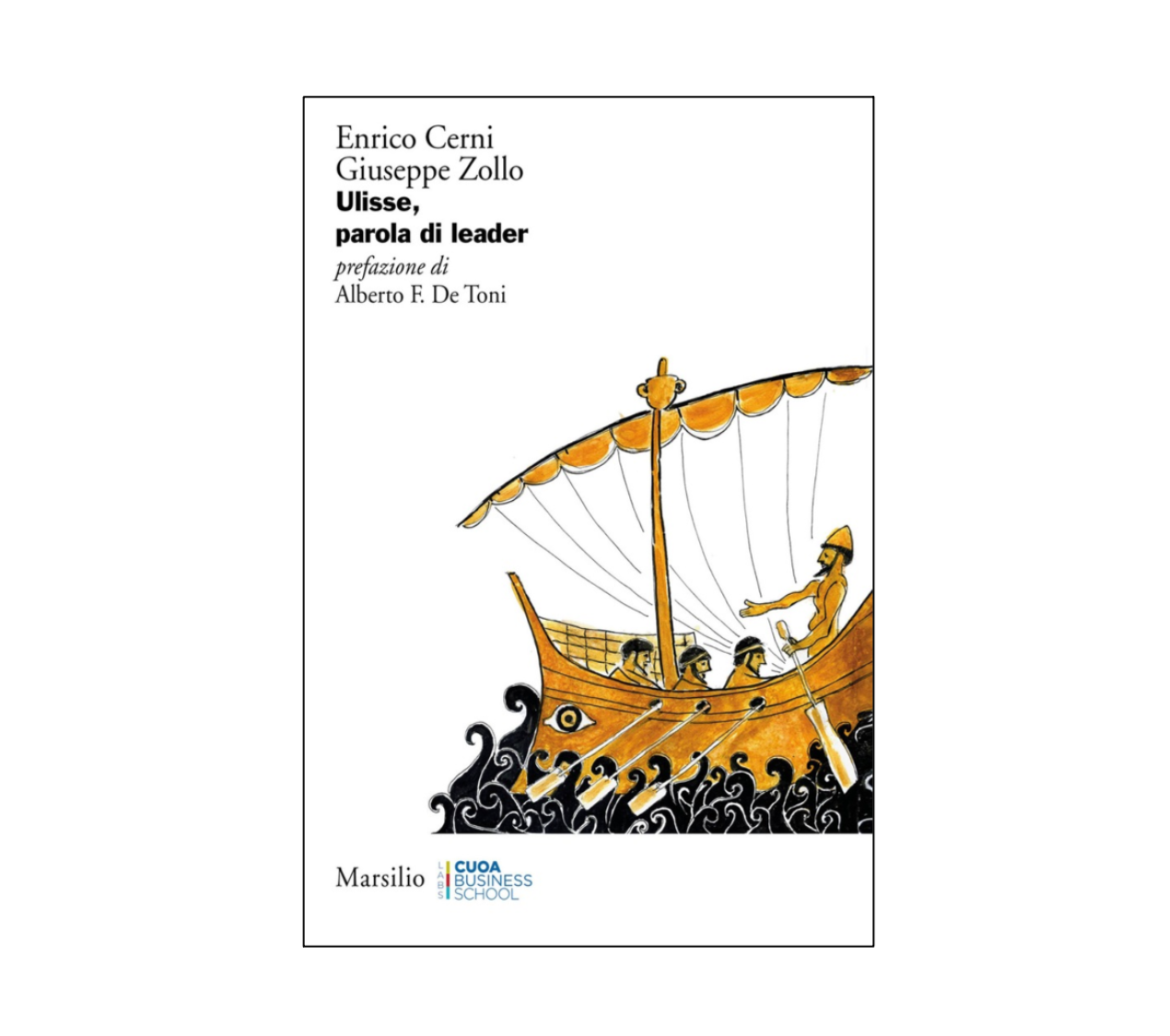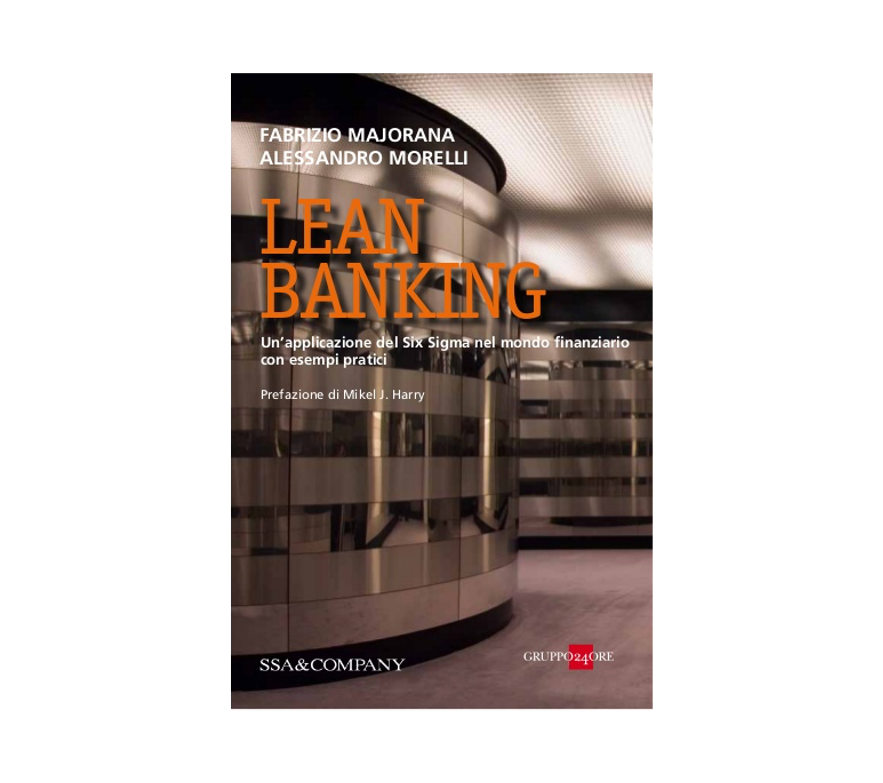Resources
Main Concepts
The definition of Six Sigma comes from statistics, which uses the Greek letter Sigma to indicate the standard deviation. This value quantifies the capacity of a process. Six Sigma combines a set of quality management practices. It is based on identifying and removing the causes of defects, minimizing the variability of all metrics within a process. The etymology of the term derives from an ideal process, in which the average is at 6 standard deviations from one of the specified limits. If this happens, there will be virtually no measurements outside the expected specifications and intervals. The goal is to get only 3.4 defective parts per million opportunities.
DMAIC is an acronym consisting of the terms Define, Measure, Analyze, Improve, and Control.
These words punctuate the sequence and the necessary operations, in order to improve any process.
- Define phase: During this phase, the teams that will deal with the definition of problems and defects are formed, then the projects are selected and their purpose is highlighted. For this phase to be effective, it will be essential to identify the opportunities and possibilities of defects, as well as the elements that bring value to the product or service. The easiest approach to perform this phase is to start with problems and reports, transforming the customer’s voice (VOC) into critical to quality (CTQ) elements.
- Measure phase: This phase consists in measuring the basic performance of the process. Only by knowing your starting point, in fact, it will be possible to define a goal and the path towards its achievement. Once these two parameters have been obtained, namely the condition “as it is” and the condition “as it should be”, it will be possible to bridge the gap that separates us from our goal
- Analyze phase: The analysis phase, allows you to find out which parameters of the process (input), have the greatest impact on the result (output). Possible causes of variation will be defined, which will later be distinguished into Trivial Many and Vital Few. By highlighting and classifying the latter, it will be possible to identify the main factors influencing the variation of the process under study.
- Improve phase: The goal of this phase is to identify opportunities for improvement and determine how they can positively affect the outcome of the process. To make this happen, you will need to find and test, any solution that optimizes the process. Through tests, experiments and simulations, it will be possible to identify what measures will be taken, in order, for example, to reduce costs and implement the requests.
- Control phase: During the control phase, the solutions defined by the previous steps are integrated and optimized. A control plan will be drawn up, which will highlight the result of any improvements made to the process. This phase will also allow monitoring the progress of the changes and their possible stability within the process.
Lean Manufacturing is a production method derived from the Toyota Production System.
This model is based on the identification of waste and consists of 5 key principles:
- Definition of value for the customer: what he is looking for and how much he is willing to pay.
- Identification of the value, tracing the actions that realize a product or service, you can define the flow of the value.
- Bring all activities together in one direction. Pursue process optimization and not single function optimization, avoiding any interruption.
- Adopt the “pull” system, preferring it to the “push” system. That is to say, to take any action, only if it is actually required by another process. In this way, overproduction and waste are avoided.
- Aim for perfection, always improving.
FMEA stands for Failure Mode and Effects Analysis. It is an analysis based on possible failures and their consequences. Thanks to this mode, it will be possible to forecast different types of unexpected events, thus monitoring your ability and attitude to problem solving. These studies go beyond the concept of “responsiveness” to difficulties, allowing instead a “proactive” approach to dealing with detectable failures and failures within a process. Foreshadowing an unexpected event before it even occurs, planning possible solutions a priori, will avoid any interruption in production.
From Japanese “error-proof”. Defines an element that, because of its design characteristics, cannot be used differently from its intended purpose. A clear example of how this concept is present in our daily life is given by the USB port of our computers: you cannot insert a USB connector in the wrong direction. This expression was created by Shigeo Shingo, who made this concept a fundamental part of the Toyota Production System.
The Kanban production system was designed for Toyota by Taiichi Ohno. The term comes from the union of two Japanese words: “Kan” which means “visual” and “ban” which means “paper”. This system, thanks to its immediacy, allows you to quickly identify and understand what needs to be completed, distinguishing it from what has already been performed. These are essentially simple “cards” that can also be created in digital format, which are posted or removed as needed, on certain segments of the process. Thanks to the simplicity of this system, it will be possible, for example, for a person who has just started his shifts, to identify which part of the process should be completed and how.
Lean Management or Lean Thinking is a management model, attributable to continuous improvement developed by Toyota. It is a philosophy for management, which involves every employee across the board, bringing everyone’s work together in one direction: the increase in value perceived by the customer. One of the goals of Lean Management is to focus on the flow of the organization, which must be able to carry out all processes, without interruption. This business strategy has been part of Toyota’s modus operandi since the 1930s and has continued to evolve to this day. The aim is to avoid waste, which can always be traced back to seven categories:
- Transport
- Inventory
- Motion
- Waiting
- Over-process
- Overproduction
- Defects
By eliminating or reducing these variables, you will be able to achieve a continuous flow of value.
Books
- All
- Books
- Articles
- Research Papers






